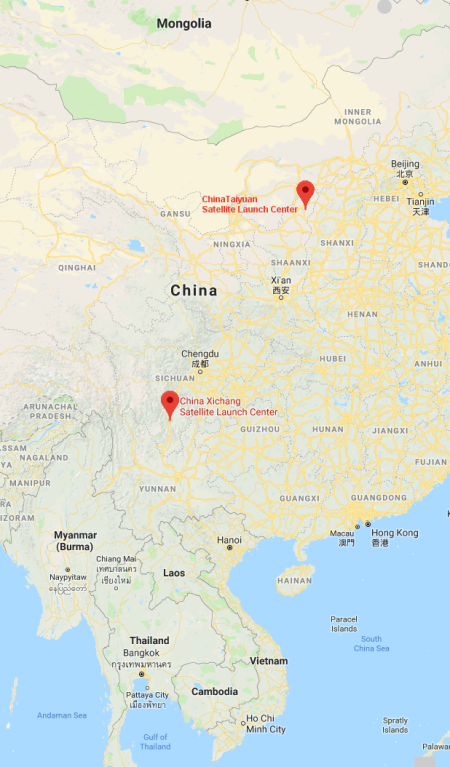Engineers adjust Chang’e-4’s orbit
The new colonial movement: Engineers have adjusted Chang’e-4’s lunar orbit in preparation for landing.on the Moon’s far side.
The probe has entered an elliptical lunar orbit, with the perilune at about 15 km and the apolune at about 100 km, at 8:55 a.m. Beijing Time, said CNSA.
Since the Chang’e-4 entered the lunar orbit on Dec. 12, the ground control center in Beijing has trimmed the probe’s orbit twice and tested the communication link between the probe and the relay satellite Queqiao, or Magpie Bridge, which is operating in the halo orbit around the second Lagrangian (L2) point of the earth-moon system.
The space engineers also checked the imaging instruments and ranging detectors on the probe to prepare for the landing.
They need to time the landing so that it comes down in the Moon’s early morning. This will not only provide better visuals, with shadows to see surface details, but more importantly will give them 14 Earth days before sunset to get settled on the surface and initiate rover operations.
The new colonial movement: Engineers have adjusted Chang’e-4’s lunar orbit in preparation for landing.on the Moon’s far side.
The probe has entered an elliptical lunar orbit, with the perilune at about 15 km and the apolune at about 100 km, at 8:55 a.m. Beijing Time, said CNSA.
Since the Chang’e-4 entered the lunar orbit on Dec. 12, the ground control center in Beijing has trimmed the probe’s orbit twice and tested the communication link between the probe and the relay satellite Queqiao, or Magpie Bridge, which is operating in the halo orbit around the second Lagrangian (L2) point of the earth-moon system.
The space engineers also checked the imaging instruments and ranging detectors on the probe to prepare for the landing.
They need to time the landing so that it comes down in the Moon’s early morning. This will not only provide better visuals, with shadows to see surface details, but more importantly will give them 14 Earth days before sunset to get settled on the surface and initiate rover operations.

